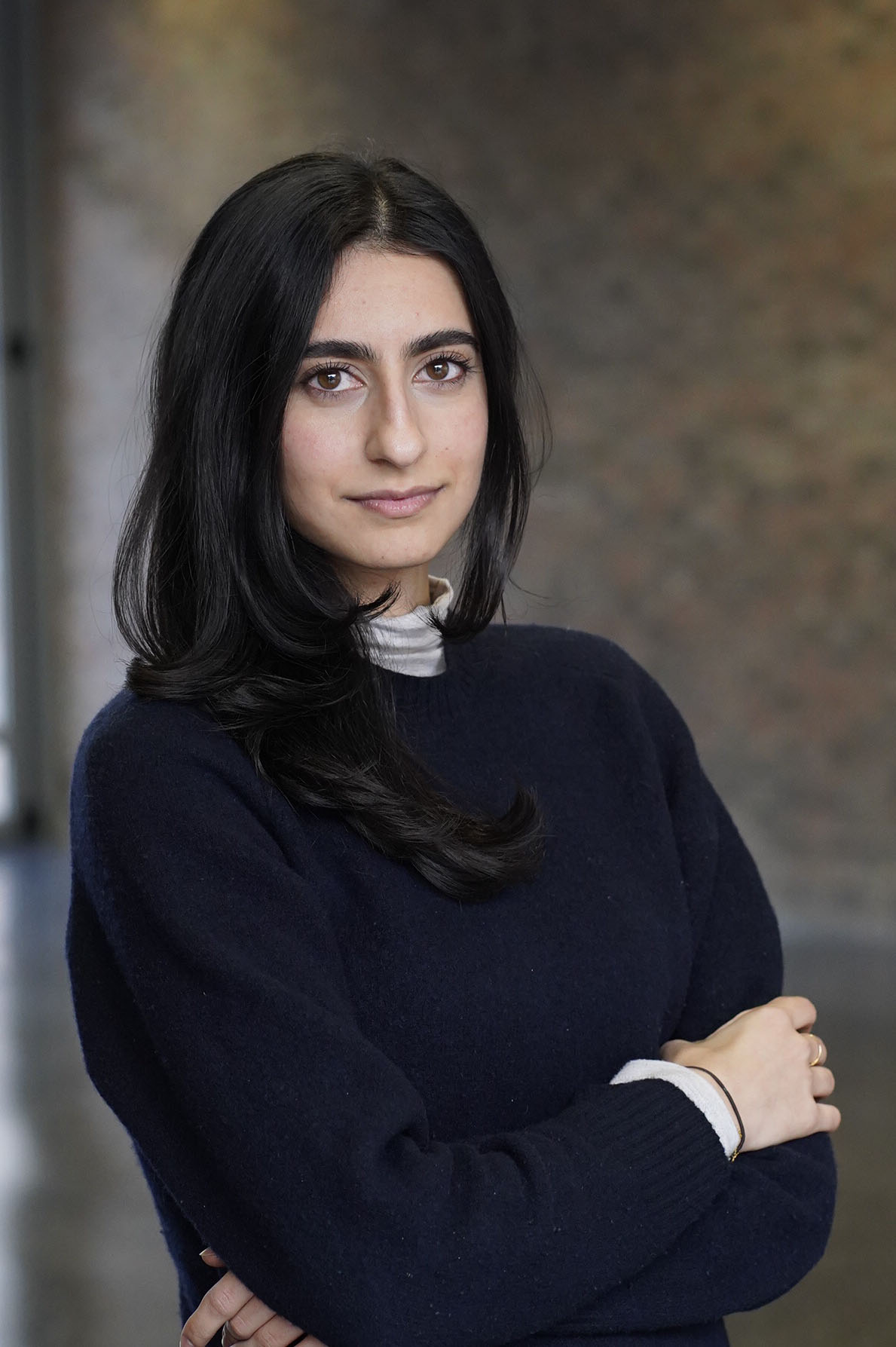What it does
Haarf is a tactile, modular kit that teaches Arabic through magnetic shapes children build and sound out supporting bilingual, neurodivergent, and dyslexic users by turning the script into a physical, pattern-based system.
Your inspiration
As a dyslexic, bilingual child of Iraqi-Swedish parents, I struggled for years to learn Arabic — a language I spoke but couldn’t read or write fluently. While studying design, I began exploring Arabic typography and script anatomy, where I discovered the deep logic behind letter construction and connection. A major influence was Arabic moveable type, one of the earliest innovations that tried to simplify and systematise the script for printing. I asked: what if we applied the same logic for learning? Haarf builds on this historic lineage, but reimagines it for children, especially those who learn differently, like I did.
How it works
Haarf breaks Arabic letters into a modular system of magnetic shapes, each based on repeatable strokes found across the script. Children construct letters physically by snapping shapes together, learning how letters can be grouped into visual similarities that can strengthen sound associations. By breaking Arabic into modular, reusable shapes, Haarf reduces cognitive load and builds pattern recognition empowering dyslexic learners to decode the script with greater confidence, clarity, and independence. The kit uses multi-sensory strategies touch, pattern recognition, and sound association that align with how neurodivergent brains process language. A digital AR layer adds pronunciation and feedback for independent learners with no parents by their side or foreign parents. By externalising the language into a tangible system, Haarf makes Arabic visible, touchable, and buildable.
Design process
I started with paper prototypes, guided by research into Arabic type design, dyslexia-friendly learning methods, and script anatomy. I tested shape systems with children, educators, and speech therapists, refining the segments to balance phonetic logic with play. Over 150 families from the UK, UAE, and France helped shape Haarf’s final form through iterative trials. The result is a ready-to-manufacture kit that combines traditional design heritage with inclusive, child-centered pedagogy.
How it is different
Haarf is the first Arabic literacy tool to translate the deep structure of the script into modular, physical components. Unlike flashcards or apps, it offers a low-tech, hands-on system built from the ground up for neurodivergent learners. The modularity reduces cognitive load, supports pattern-based learning, and mirrors the stroke logic of Arabic calligraphy and typography. It’s not just educational it’s rooted in a graphic design tradition that honours the complexity of the script while making it accessible.
Future plans
Haarf will grow into a series of kits: starting with alphabet basics (Bidaya), then word-building (Tarkeeb), and sound–shape play (Sawt). We’re developing an AI-assisted app that gives real-time feedback to learners, bridging home and school use. Our vision is to distribute Haarf through refugee education centres, ministries of education, and direct-to-parent channels bringing inclusive Arabic literacy tools to children who are often left behind.



Connect